Travel
The Best and Worst U.S. Airlines of 2017
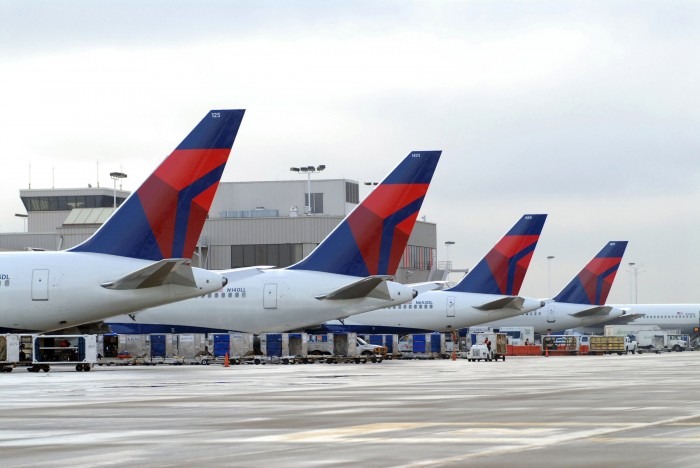
Delta Airlines suffered multiple passenger-stranding messes last year, from a spring-break crew-scheduling fiasco to a nightmarish Atlanta airport power outage. And yet Delta performed better than any other U.S. airline in 2017.
It was that kind of year.
Delta unseated Alaska Airlines as the top carrier in the annual Middle Seat scorecard ranking of eight major U.S. airlines. Alaska had been No. 1 for four straight years. But the airline, now combined with Virgin America, got hit hard by a one-two punch of West Coast storms and problems at its regional airline. Alaska’s on-time rate dropped below that of United, a longtime laggard now getting its act together.
At the bottom of the airline performance ranking: JetBlue Airways. The airline has a team working on fixes, some of which are already rolling out.
It was a tough year for travelers. Runways were under construction at various times in Boston, New York, San Francisco and Los Angeles. Hurricanes and other intense storms hit hard. Air-traffic control slowdowns spiked.
But a year remembered for a United Airlines passenger bloodied and dragged off a flight actually saw overall improvement at several big airlines.
The on-time arrivals rate for U.S. airlines increased to 79.6% from 78.3%, according to the flight data analytics unit of Global Eagle, which supplies services to airlines, cruise ship and others. Major travel meltdowns did mean more planes ended up sitting on the tarmac for at least two hours, according to Transportation Department data. But fewer flights were canceled, fewer complaints registered at DOT and airlines lost fewer bags and bumped fewer passengers.
The annual Middle Seat scorecard ranks airlines on seven key operational metrics. The 10th year of the scorecard saw American Airlines climb out of the lowest ranks for the first time and United post significantly better operations, up to No. 2 in on-time arrivals, behind Delta. Even bare-bones, high-fee Spirit Airlines delivered improved service. Spirit did the best job handling baggage in 2017. Go figure.
Delta says when it wasn’t dealing with storms and airport problems, it ran really well. On 242 days last year, Delta’s main operation, not counting regional partners, had zero cancellations.
Dave Holtz, Delta’s senior vice president of operations and customer center, says 2017 shows the airline is still improving in reliability, since it posted similar results to 2016. “There’s no question that the weather was more difficult” in 2017, he says.
The spring-break fiasco exposed a problem at the airline of overloaded telephone lines. Pilots and flight attendants couldn’t get new assignments because they couldn’t call in. The airline canceled more than 4,000 flights. Fixes made after that turned out to help the airline recover quicker from problems later in the year, Mr. Holtz says.
Alaska says what set back the airline in 2017 was weather, plus runway construction in San Francisco and Los Angeles that hit the Seattle-based airline hard. In addition, Alaska’s regional airline, Horizon, fell behind on hiring and training early in the year as it added a new type of plane to its fleet, the Embraer 175. That triggered a cascade of cancellations.
“The hole was just too big to dig out of after the first quarter,” says Ben Minicucci, Alaska’s president and chief operating officer. The airline ran well the rest of the year in the midst of merger integration, he says.
United thinks it gets hit harder than other airlines by big-airport slowdowns because it has hubs in Chicago, San Francisco and Newark, N.J.—airports frequently coping with congestion and weather problems. The airline took multiple hits from major storms last year, including Hurricane Harvey at its Houston hub. Yet United had fewer cancellations in 2017 than it has ever had, says Greg Hart, chief operations officer. Baggage handling improved and complaints declined.
Mr. Hart says United’s maintenance department had its best year ever, reducing delays. Airport operations focused on turning airplanes more quickly—getting them unloaded, loaded and off the gate for their next flight on time. Handheld computers for gate agents and flight attendants helped, Mr. Hart says. “A lot of it is having a better playbook,” he says.
After airport police dragged 69-year-old David Dao off an April flight at the behest of United, the airline increased compensation it offers to get customers to volunteer to give up seats. It put in place an auction system where passengers can tell the airline what they’ll accept to take a later flight. It also reduced overbooking on 50-seat jet flights, Mr. Hart says.
American had been last or next-to-last every year until it improved to sixth place for 2017. American improved in every category, though sometimes not as much as some of its competitors improved.
“We’re glad to see ourselves out of last place, but that certainly isn’t a placement that we’re ready to celebrate either. We’ll keep working at it,” says Kerry Philipovitch, American’s senior vice president of customer experience.
American says it made strides getting international flights out on time. Its Los Angeles operations saw a turnaround after a dismal 2016. Maintenance issues cause fewer delays; tag-scanning technology has improved baggage handling, says David Seymour, American’s senior vice president of integrated operations. American also boosted compensation it offers for oversold flights to reduce involuntary bumping.
JetBlue, usually a middle-of-the-pack performer, fell to last place, with significant increases in delayed and canceled flights. JetBlue says the number of slowdowns issued by air-traffic control doubled in New York in 2017. Storms and runway construction hit hard. Even a major hurricane relief effort in the Caribbean and Puerto Rico stressed the operation: JetBlue ran 450 relief flights over a month.
Jeff Martin, JetBlue’s executive vice president for operations, says a team has been working on fixes for several months. JetBlue has decided to increase its number of spare airplanes. Maintenance will get more time to fix airplanes after red-eye flights. New boarding procedures the airline introduced last fall are helping get planes out quicker. And JetBlue is investing in technology, including cockpit equipment to receive flight-plan changes electronically instead of over the radio. On average, that shaves a minute off delays.
“We have to react to those uncontrollables and make them controllable,” Mr. Martin says.


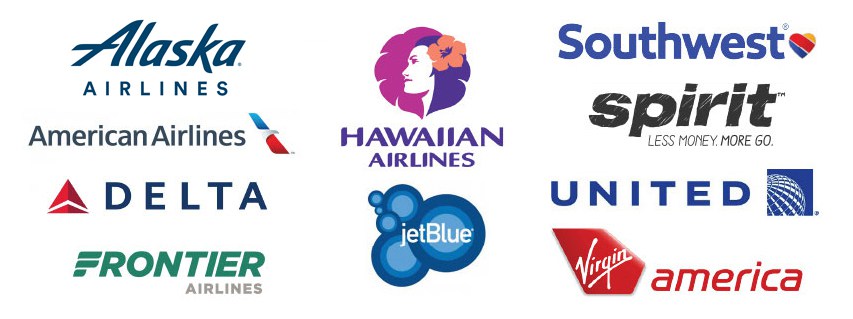






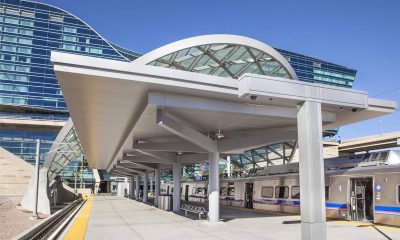
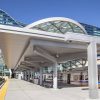




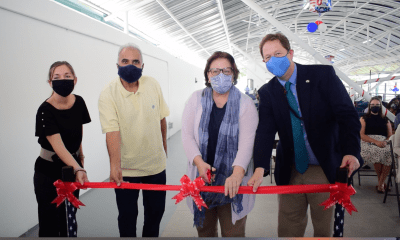



Recent Comments